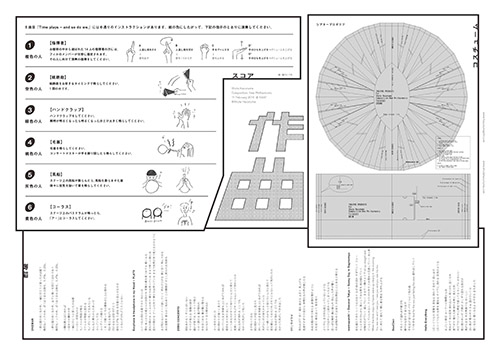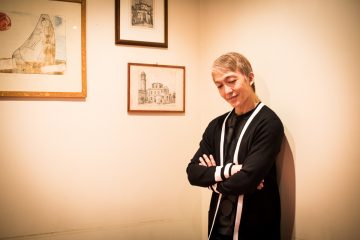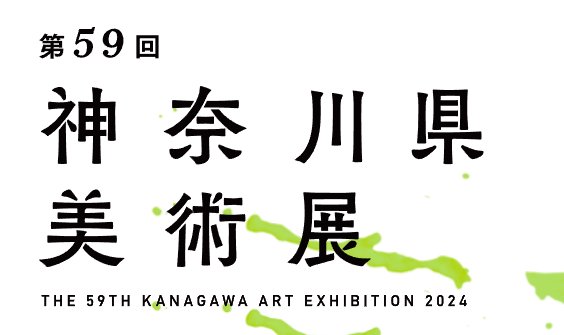Magcal Report in TPAM 2014 / TPAM Direction, Masayuki Nomura Direction

What is TPAM Direction?
Young creators engaged in unique activities have been appointed as directors, and the program will be created with original concepts and new perspectives.
This will be an opportunity to share contemporary ideas and challenges through each other's direction and to consider together the possibilities of performing arts.
/////////////////////////////////////////////////// //////////////////////////// /////////////////////////////////////////////////// ////////////////////////////
Direction by Masayuki Nomura
Shuuta Hasunuma "Composition: New Philharmonic"
KAAT Kanagawa Arts Theatre <Hall>
2.11 Tue 17:00
* Prior to this performance, Magcul interviewed Shuta Hasunuma and Yuko Mori, who was in charge of the stage set. Please take a look at that article as well.
On February 11th, I went to see the one-day-only performance of Hasunuma Philharmonic Orchestra led by Hasunuma Shuta, "Composition: New Philharmonic" at the KAAT Kanagawa Arts Theatre.
A large number of spectators packed the theater on the day, and it was probably the first time that the Hasunuma Philharmonic had ever performed in such a large hall.
As an interview had already been conducted in advance, it was interesting to see how Hasunuma Shuta's idea of "turning the entire live performance into a score" would be expressed in the interview, and how Mori Yuko's stage equipment would be involved in the performance. This was a performance that was full of interest apart from the songs.
However, there was one thing that bothered me personally before the performance began, and that was the "distance from the audience."
Hasunuma Shuta has participated in TPAM several times, and in all of his performances he has used a live style where the performers were almost at eye level with the audience and at a close distance, drawing the audience in and allowing the audience to move freely around the space.
However, this venue, as the name "hall" suggests, had a large stage and seats were lined up far out in front, and unlike previous live performances, everyone was "sitting and listening" in an afforded space, so I was personally concerned that this might create some kind of "temperature difference."
However, once the concert started, I realized that my worries were just an illusion.

The reason for this was that the concert featured performances of the songs from the recently released album "Time plays -- and so do we." exactly as they appear on the album, and we were already incorporated into the "score" of the album.
In fact, they performed just one song that day that was not included on the album, "Time player-and so do we," which is also the title of the album. The pamphlet handed out on the day had various instructions for this song written on it, and all the audience members were able to join in the performance by following the rules depending on the color of the paper it was printed on.
The instructions were to be performed in accordance with the actions of Yuko Mori's work on stage, to direct Phil, to clap in time with the lighting, to fire paper guns at any time they wanted, etc. There were strict rules, but each person was given almost complete freedom to perform with Phil.

Image: Instructions distributed at the venue. Different people have to follow different instructions.
I'm not sure if it's appropriate to call it a collaboration, but the sense that we were included in the score erased the distance, and I think the meaning of "Time Plays," which is also used in the title of the album, was realized right there. Also, in terms of this direction, Yuko Mohri's equipment seemed to be in a very important position.
Even if the same actions are taken, there is a possibility that the instructions will be subtly different if given by a person, but I think that the device fully functioned as a "score" that could be used in other venues by taking on the role of giving instructions.
However, if you think about it carefully, the Hasunuma Philharmonic Orchestra played the songs in the order they appear on the album, but we went to listen to the songs on the album. The Hasunuma Philharmonic Orchestra played them exactly as they appear on the album.
With that alone, each of them had already fulfilled their roles, and the "distance" that they had been worried about may have been completely irrelevant in regards to this performance.
In a sense, this performance was completed by our participation in the song which is both a bonus track and the title of the show.
If you think about it that way, perhaps the moment we picked up the CD, we were already naturally drawn to this performance as their "score."




